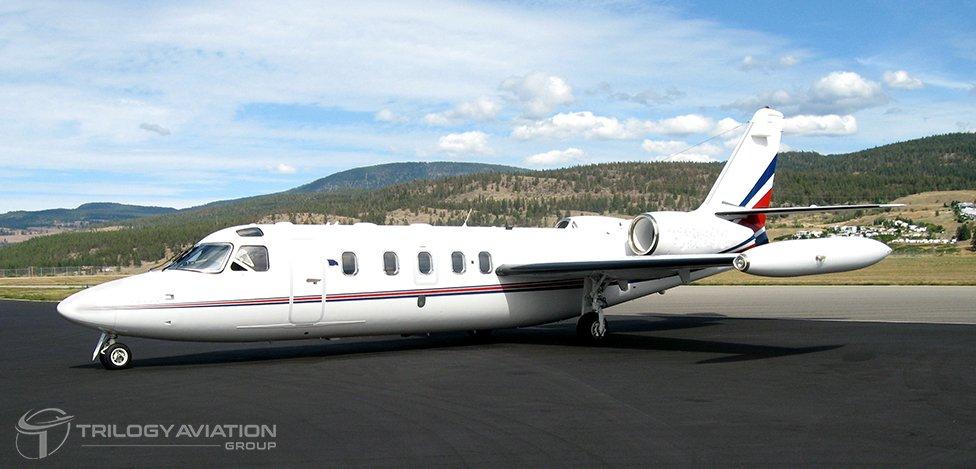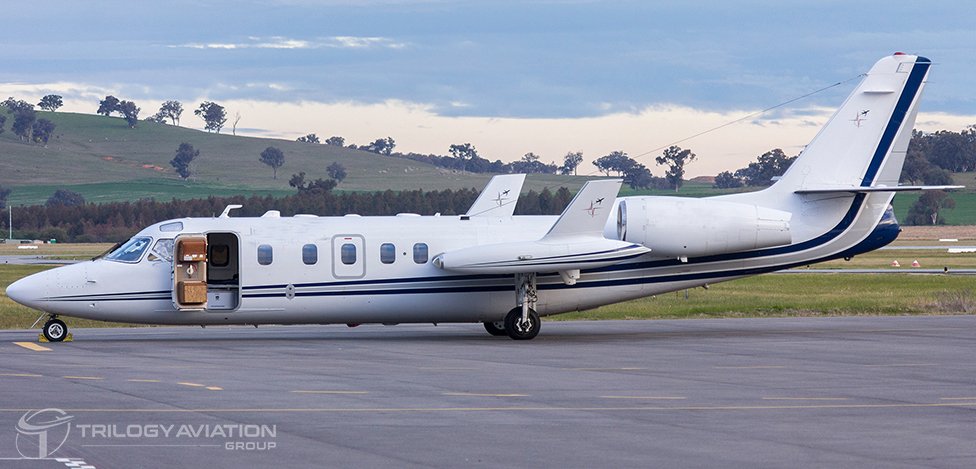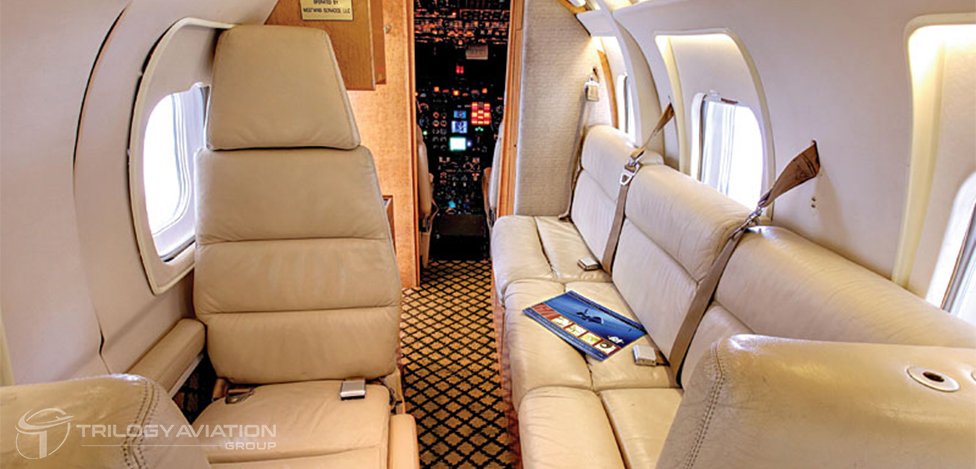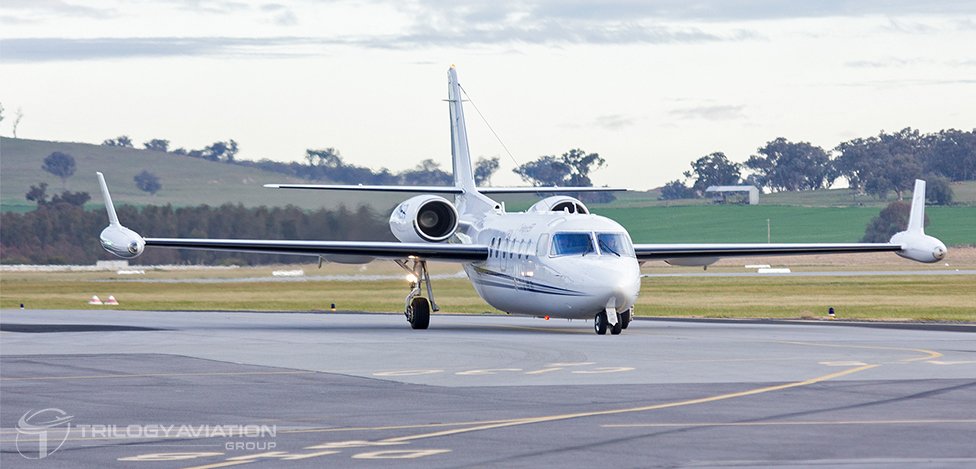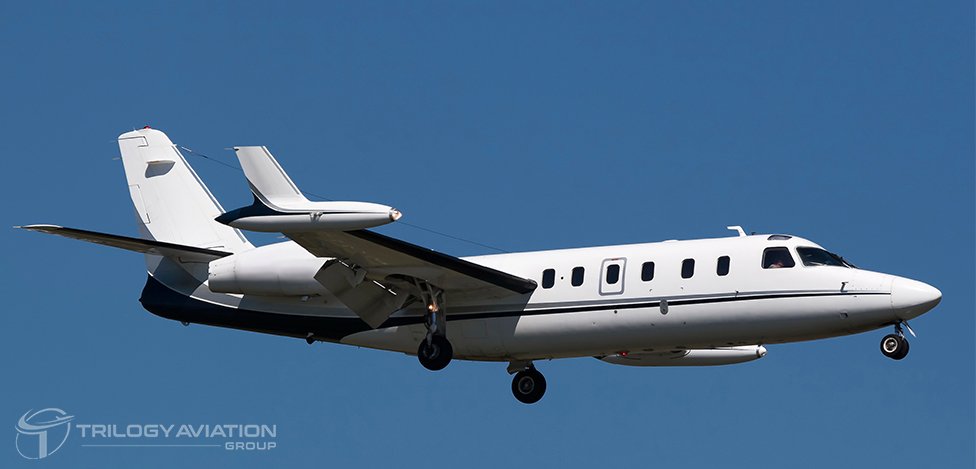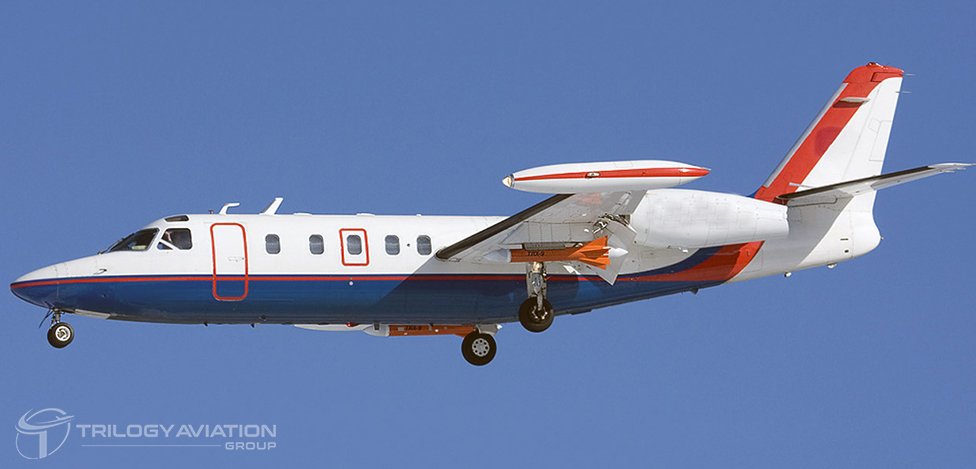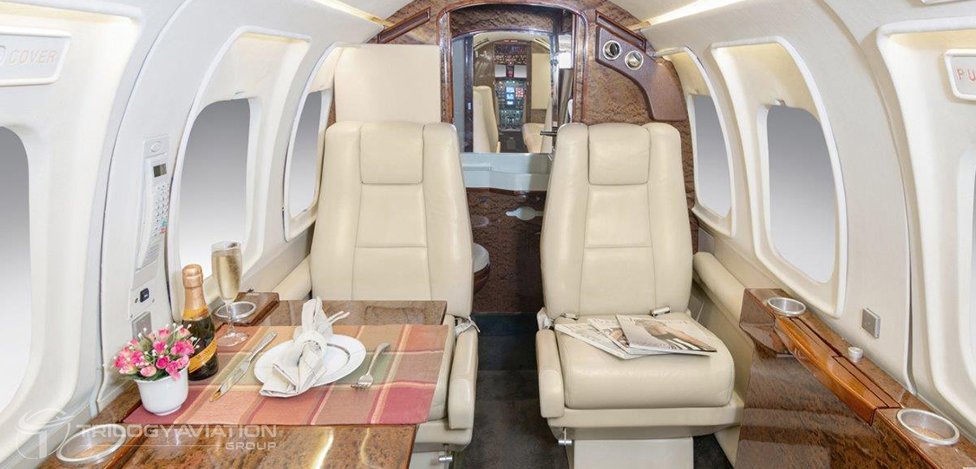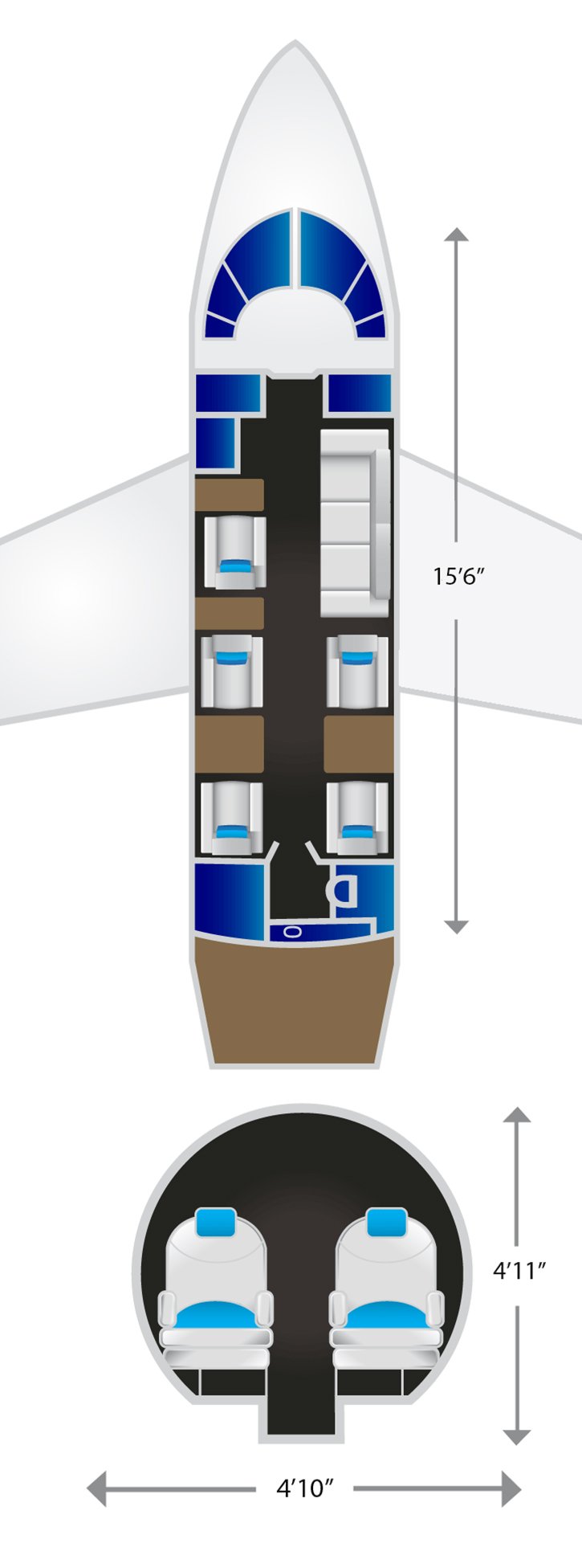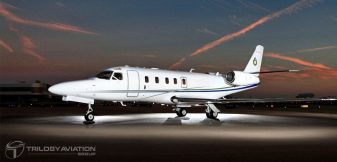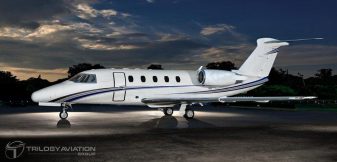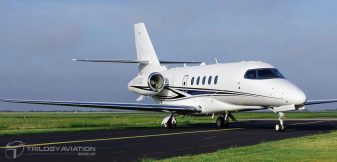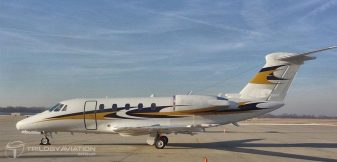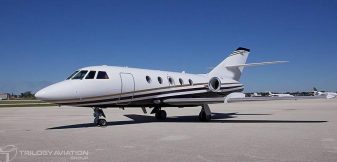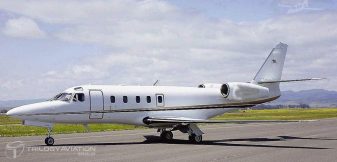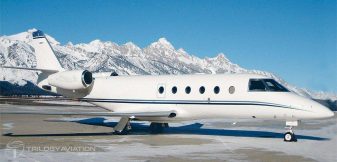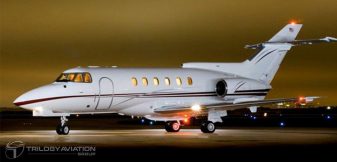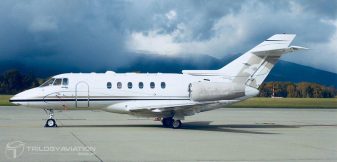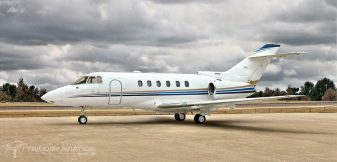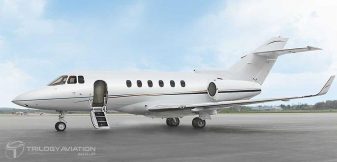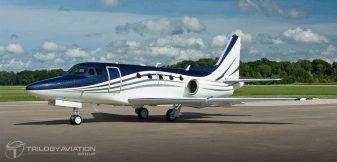Key Features of the Westwind II
The Westwind II’s unique appeal comes from its combination of advanced engineering, powerful engines, and modern avionics, all wrapped in a sleek design that meets the needs of today’s discerning travelers.
Spacious Cabin Design and Seating Configuration
One of the defining features of the Westwind II is its spacious cabin, designed to maximize comfort for up to seven passengers. The cabin measures approximately 13 feet in length, 4.7 feet in width, and 4.8 feet in height, providing ample room for travelers to stretch out, work, or relax during flights.
The seating layout typically includes plush, leather-upholstered seats arranged in a club configuration, allowing passengers to face one another and engage in conversations or meetings comfortably. Each seat is designed with ergonomics in mind, featuring adjustable settings for optimal support. Additionally, generous storage compartments help keep the cabin tidy, enhancing the overall ambiance.
This focus on space and comfort makes the Westwind II an ideal choice for business travelers who want to remain productive or relax in style while en route to their destinations.
Advanced Engine Performance and Efficiency
Powering the Westwind II are two Honeywell TFE731-3-1G turbofan engines, each delivering 3,700 pounds of thrust. These engines are known for their efficiency and reliability, enabling the jet to reach cruise speeds of approximately 455 knots (about 523 mph).
The fuel-efficient engines contribute to the jet’s extended range, which spans between 2,150 and 2,700 nautical miles depending on configuration and payload. This allows passengers to travel nonstop on many transcontinental and regional routes, reducing the need for refueling stops and saving valuable time.
In addition to speed and range, the engines’ advanced design means smoother and quieter operation, minimizing cabin noise and vibration for a more pleasant passenger experience.
Modern Avionics and Safety Systems
The Westwind II features a suite of modern avionics that enhances navigation, communication, and safety. Equipped with cutting-edge instruments and digital displays, pilots benefit from clear situational awareness and streamlined control systems.
Notable avionics include GPS navigation, weather radar, autopilot functionality, and collision avoidance systems. These features help pilots manage flights more efficiently and safely, even under challenging conditions.
Moreover, the jet has undergone updates over the years to incorporate the latest safety technologies, ensuring compliance with aviation regulations and boosting passenger confidence.

